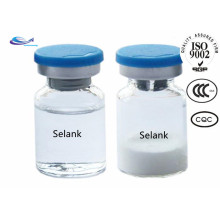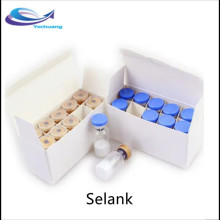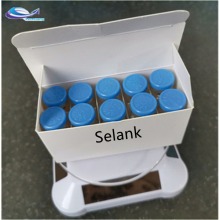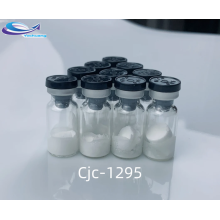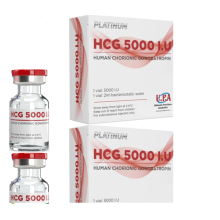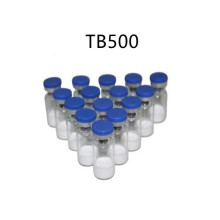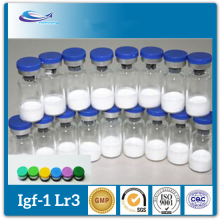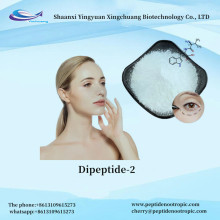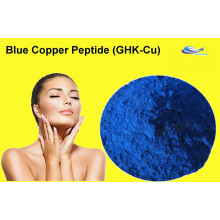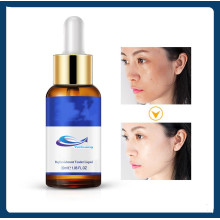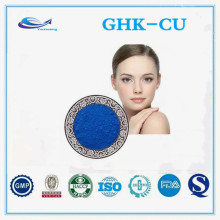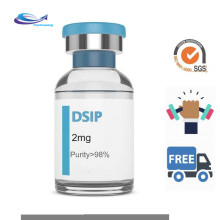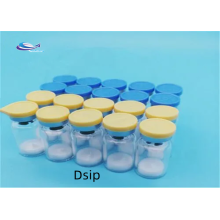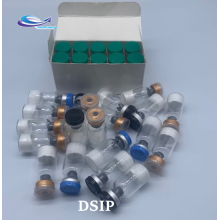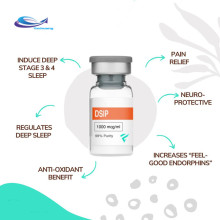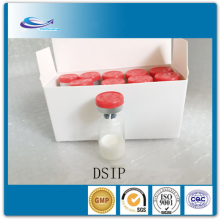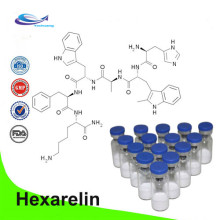An organic compound formed by dehydration of amino acids, containing carboxyl and amino groups, and being amphoteric. Also known as "peptide".
Two, one of the amide. It consists of two or more amino acids joined by the amino group of one amino acid to the carboxyl group of the other. An amino acid cannot be called a peptide, nor can a peptide be synthesized, but must be a compound of two or more amino acids linked by a peptide bond. Compounds where two amino acids are linked by a peptide bond are called dipeptides; A compound with three amino acids linked by peptide bonds is called a tripeptide, and so on, a compound with thirty-four amino acids linked by peptide bonds is called a thirty-four peptide.
A peptide is a chain of polymers of amino acids
A peptide is a chain of polymers of amino acids
Three, is related to the biological body of a variety of cell functions of biological active substances. Hundreds of peptides have been found in living organisms, which are essential participants in the body's complex physiological activities. All cells can synthesize peptides and their functional activities are regulated by peptides. It involves hormones, nerves, cell growth and reproductive fields, and its importance lies in the regulation of various systems, organs and cells in the body. The physiological and pharmacological effects of enzymatic polypeptides are mainly to activate related enzymes in vivo, promote the permeability of intermediate metabolic membrane, or affect specific protein synthesis by controlling DNA transcription or translation, and eventually produce specific physiological effects or play their pharmacological effects. Peptide is better than amino acid, one is faster than amino acid absorption; Second, it is absorbed by the body in a complete form; Third, active absorption (amino acids are passive absorption); Fourth, low consumption, compared with amino acids, peptide absorption has the characteristics of low consumption or no energy consumption, peptide absorption through the duodenum, directly into the blood circulation, their own energy nutrition transported to various parts of the human body; Fifth, peptide absorption is less than amino acid, with the characteristics of unsaturated; Sixth, there are only 20 kinds of amino acids, with countable functions, while peptides take amino acids as substrates, which can be synthesized into hundreds of thousands of kinds.
It is mainly divided into medical polypeptide drugs, peptide antibiotics, vaccines, antimicrobial peptides for agricultural use, small peptides for feed, cosmetics for daily use, soybean polypeptides for food, corn polypeptides, yeast polypeptides and sea cucumber peptides.
From the functional point of view, can be divided into antihypertensive peptide, antioxidant peptide, cholesterol lowering peptide, opioid active peptide, high F value oligopeptide, food strong taste peptide and so on.
Active peptide, and nutrition, hormone, enzyme inhibition, regulation of immunity, antibacterial, antiviral, antioxidant has a very close relationship. Polypeptides are generally divided into: polypeptide drugs and polypeptide health products. Traditional peptide drugs are mainly peptide hormones. The development of peptide drugs has been developed into various fields of disease prevention and treatment, especially in the following fields. [2]
Antitumor polypeptide
Tumorigenesis is the result of many factors, but ultimately all involve the regulation of oncogene expression. In 2013, many tumor-related genes and regulatory factors have been discovered. Screening peptides specifically bound to these genes and regulatory factors has become a new hot spot in the search for anticancer drugs. For example, somatostatin has been used to treat endocrine tumors of the digestive system; American scholars found a hexapeptide can significantly inhibit adenocarcinoma in vivo; Swiss scientists have discovered an octapeptide that induces apoptosis in tumor cells. [2]
Antiviral polypeptide
By binding to specific receptors on host cells, viruses adsorb cells and rely on their own specific proteases for protein processing and nucleic acid replication. Therefore, peptides binding to host cell receptors or active sites such as viral proteases can be selected from the peptide library for antiviral therapy. In 2013, many small peptides with antiviral properties have been screened from peptide banks in Canada, Italy and other countries, and some small peptides have entered the stage of clinical trials. In June 2004, the Chinese Academy of Sciences institute of Microbiology came out of the news, which was undertaken by the Chinese Academy of Sciences known


